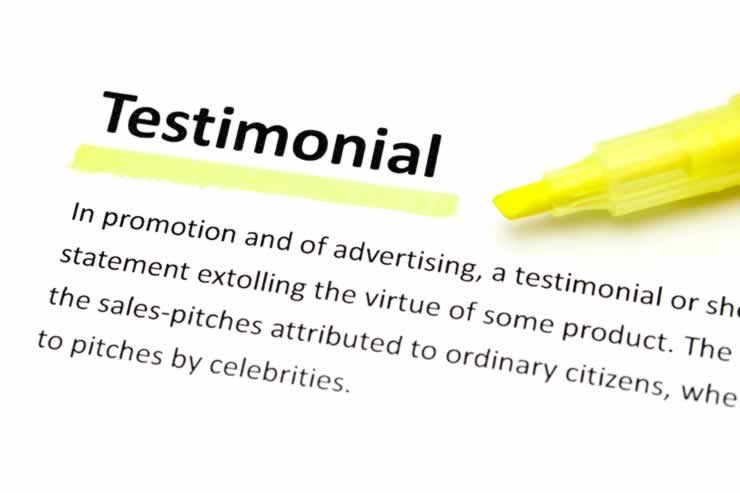
The Three “C’s” of a Successful Story
To craft a compelling brand story, begin with a strong premise, middle, and end and integrate supporting characters, details, and solutions to win over your audience. Without the details, you have only a long list of features and benefits your audience will quickly turn away from. Due to ad blockers and the advancement of many social media platforms, it’s harder to stand out and connect with your audience than ever before.
While there are many upsides to the digital and visual world, you will surely drown against the competition and fight to hook your audience’s attention if you don’t have the proper recipe. You need to be unique, creative, and project from others to build your audience and sustain a successful future. Storytelling is your way to do just that.
Here are the three “C’s” to successful storytelling that you should never skip:
#1 Characters
To develop an understandable and relatable story that enables you to connect, you need to include characters that your audience can relate to. There are many common characters to add to your story.
Common Characters Include:
* The hero or protagonist
* The sidekick
* The mentor or guide
* The evil villain
* The skeptic
* The explorer
* The lover
* The creator
#2 Conflict
Introduce some type of conflict or climax to your story to keep your audience on their toes. This can be when your hero or protagonist battles their enemy or tumble under pressure. Conflict can help you convey your message to your audience while keeping them hooked on your story. The conflict is the story’s turning point that provides your audience a final impression of where the story or lesson is leading.
#3 Conclusion
Finally, you must wrap up all the details and form some kind of resolution or ending. This is where your main objective and call-to-action come to life. Where your audience decides they learned a valuable lesson or reflects on their own life to see where you can fit in it.
It is closing all the plot points and discovering the moral of the story. Remember, sad, happy, and traumatic stories can all have the same impact depending on your objectives. Don’t go for the obvious ending just because you think your audience will be happy. Go for the one that speaks and shows your overall aim for telling the story in the first place.
Adding these three elements to your story writing process is key to creating a story that positively sells the value of your company and its mission while attracting a more engaged and loyal audience.





